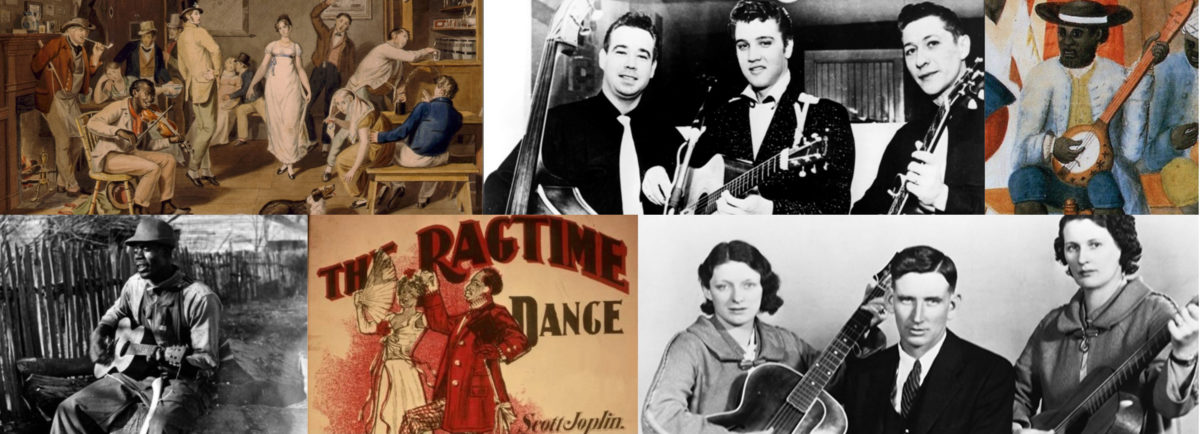Audio Investigation Slide
Little Boxes: Audio Investigation Slide
-
- Click the link above to launch the slide.
- Click the media player in the bottom right corner of the slide to begin audio playback of the song.
- Note that the song was released in 1962.
- Invite students to respond to the following questions shown on the slide:
-
- What are the items and activities that make all the people in the song, “just the same?”
- Besides creating similarity between them, what does ownership of the items and participation in the activities indicate about the people in the song?
-
- Optional Activity - Students complete a five-question survey in which they rate brands of shoes, clothing, cellphones, video streaming sources, and social media platforms by popularity, with 1 being the most popular and 5 being the least popular. After students complete the survey & results are shared, students answer the following questions and share their responses.
-
- Why are these products/services so popular?
- What, if anything, does ownership/use of those products/services indicate about you or the people you know?
- How does ownership/use of those products/services encourage other similarities between people?
-
Recommendations
This song is useful for introducing a lesson on post-World War II prosperity and the conformity of Cold War suburban culture.
If suburb is not already a vocabulary term that students know, it may be helpful to reinforce the vivid imagery of the song by explaining the term, and distinguishing between urban, suburban, and rural areas. Even if your students live in a suburban area and are already familiar with the term, it may still be helpful to highlight this distinction. This is an opportunity to discuss the factors that contributed to prosperity after the war and encouraged the growth of suburbs, especially federal policies that shifted the economy from wartime to peacetime production of consumer goods, made college tuition and home loans affordable and accessible to many veterans, and built a national highway system. Students can then consider how those policies aligned with the broader domestic priorities of the federal government during the Cold War.
The lyrics of the song convey an image of affluence and the American Dream that, while not available to all, was available to many, and fostered social and cultural homogeneity. This provides an opportunity to introduce some of the cultural criticism of the era that emerged in works of nonfiction written by sociologists and psychologists, works of fiction, poetry, film, and the Civil Rights movement. Introducing this content provides a springboard to cover the rise of the counterculture during the mid to late-1960s.
Vocabulary
ticky tacky – inferior or cheap material, especially as used in suburban building
Additional Resources
Primary Source Strategies
Printable worksheets with response prompts that guide students in analyzing songs as primary sources.

